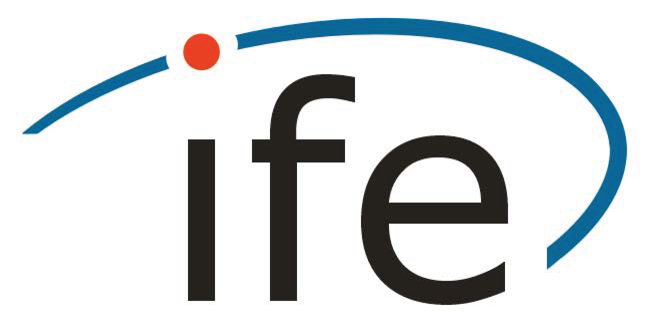Improved GRACE kinematic orbit determination using GPS receiver clock modeling
- verfasst von
- Ulrich Weinbach, Steffen Schön
- Abstract
Kinematic positions of Low Earth Orbiters based on GPS tracking are frequently used as pseudo-observations for single satellite gravity field determination. Unfortunately, the accuracy of the satellite trajectory is partly limited because the receiver synchronization error has to be estimated along with the kinematic coordinates at every observation epoch. We review the requirements for GPS receiver clock modeling in Precise Point Positioning (PPP) and analyze its impact on kinematic orbit determination for the two satellites of the Gravity Recovery and Climate Experiment (GRACE) mission using both simulated and real data. We demonstrate that a piecewise linear parameterization can be used to model the ultra-stable oscillators that drive the GPS receivers on board of the GRACE satellites. Using such a continuous clock model allows position estimation even if the number of usable GPS satellites drops to three and improves the robustness of the solution with respect to outliers. Furthermore, simulations indicate a potential accuracy improvement of the satellite trajectory of at least 40 % in the radial direction and up to 7 % in the along-track and cross-track directions when a 60-s piecewise linear clock model is estimated instead of epoch-wise independent receiver clock offsets. For PPP with real GRACE data, the accuracy evaluation is hampered by the lack of a reference orbit of significantly higher accuracy. However, comparisons with a smooth reduced-dynamic orbit indicate a significant reduction of the high-frequency noise in the radial component of the kinematic orbit.
- Organisationseinheit(en)
-
Institut für Erdmessung
Quest: Centre for Quantum Engineering and Space-Time Research
- Typ
- Übersichtsarbeit
- Journal
- GPS solutions
- Band
- 17
- Seiten
- 511-520
- Anzahl der Seiten
- 10
- ISSN
- 1080-5370
- Publikationsdatum
- 08.11.2012
- Publikationsstatus
- Veröffentlicht
- Peer-reviewed
- Ja
- ASJC Scopus Sachgebiete
- Allgemeine Erdkunde und Planetologie
- Elektronische Version(en)
-
https://doi.org/10.1007/s10291-012-0297-1 (Zugang:
Unbekannt)




